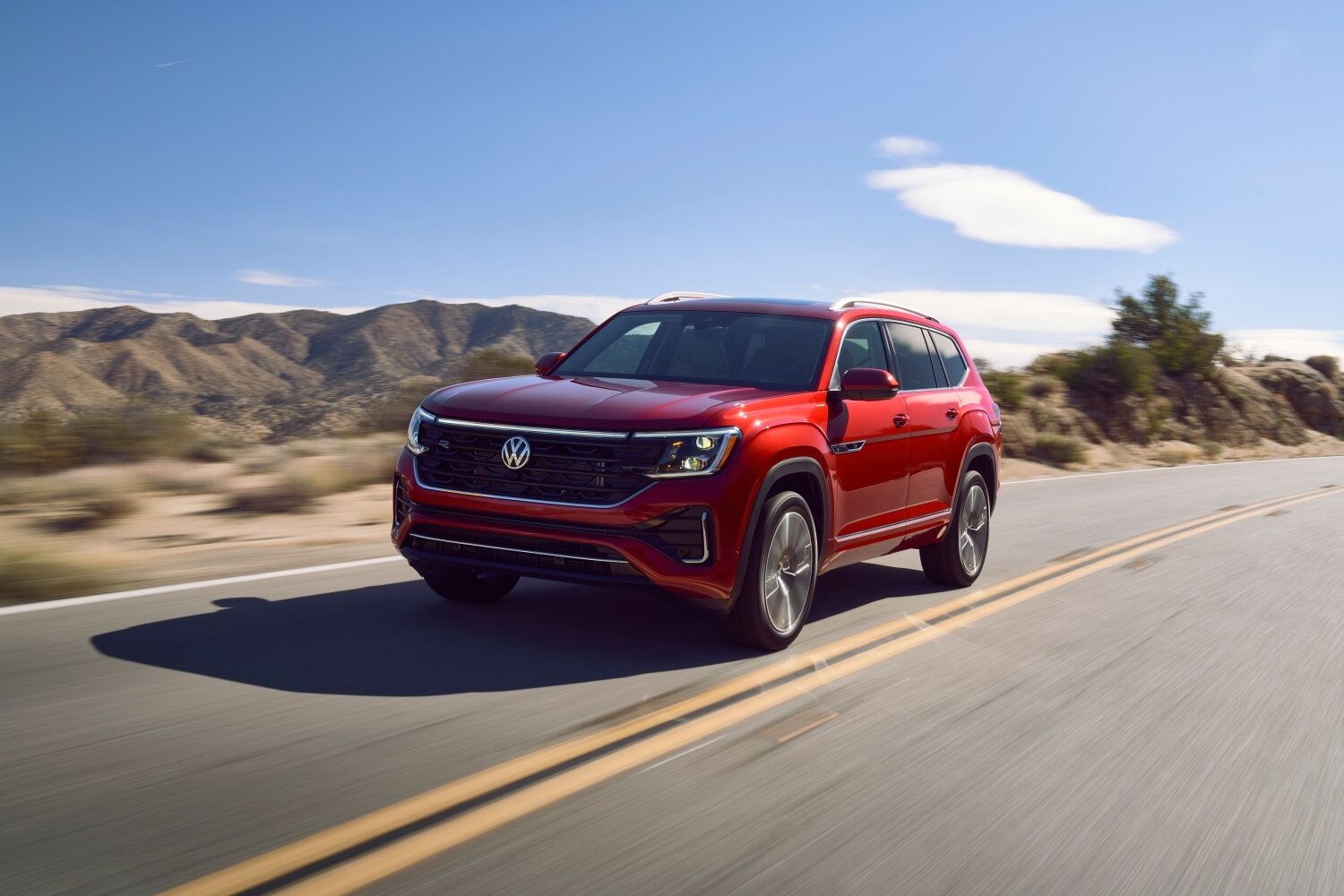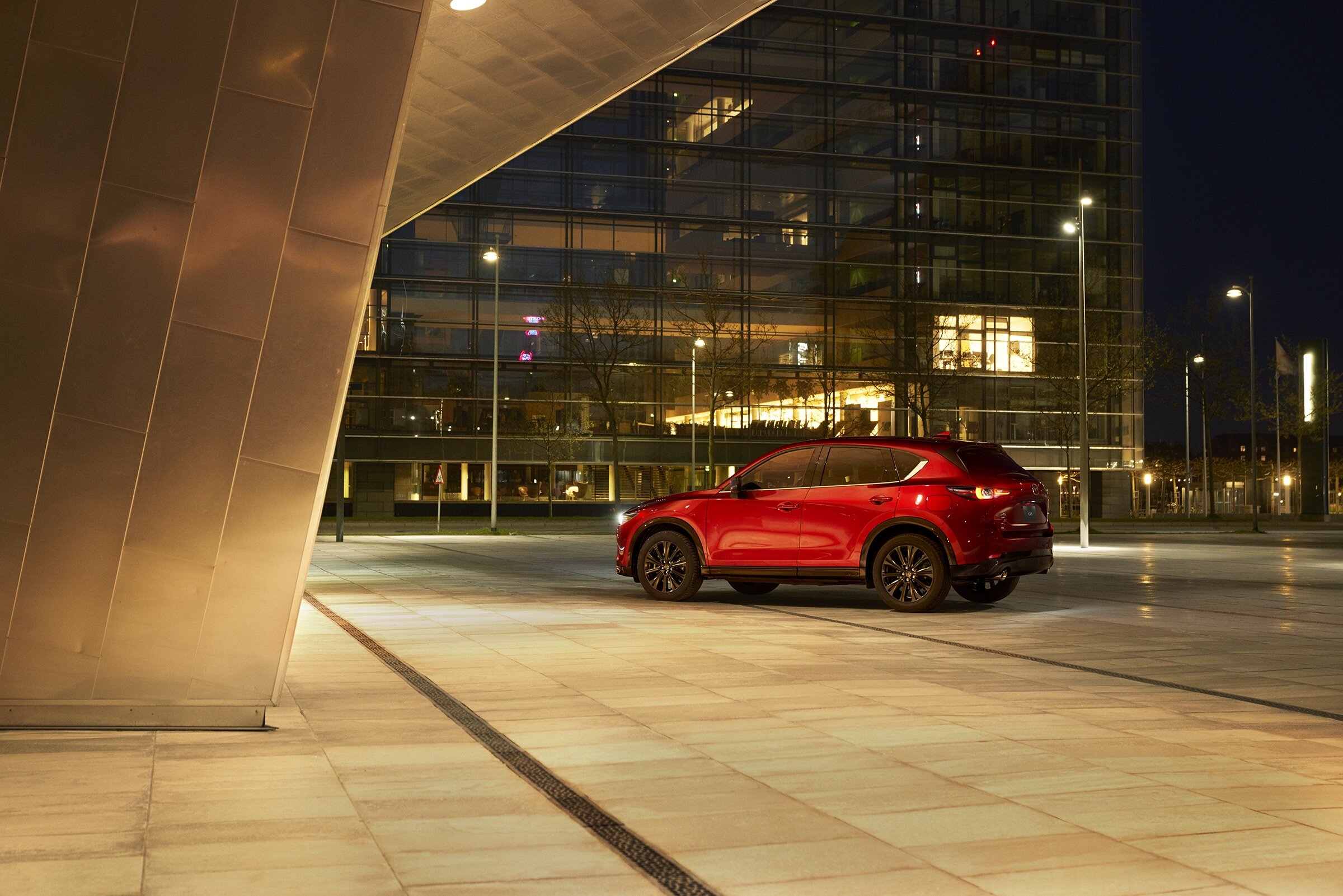The 2025 Volkswagen Atlas: Big Ambitions, Familiar Territory
If you’ve spent any time in suburban America lately, you know the Volkswagen Atlas by sight. It’s the big VW the company’s answer to the three-row SUV puzzle that families and rideshare drivers alike seem determined to solve. For 2025, the Atlas rolls into showrooms with a subtle evolution rather than a revolution. It’s still unmistakably Atlas: blocky, upright, and giving off a hint of German rationality in a segment dominated by American and Japanese heavyweights. But does this latest iteration move the needle in a fiercely competitive field? That’s the question I set out to answer after a week behind the wheel in and around Detroit.
First Glance: Subtle Tweaks, Same Stance
The 2025 Atlas doesn’t stray far from its predecessor’s squared-off ethos. The front fascia is slightly refreshed crisper LED lighting signatures up front and out back, plus new wheel designs if you squint. Volkswagen’s badge sits proud and centered, but there’s no mistaking this for anything other than an Atlas. It’s a big vehicle, nearly 200 inches from nose to tail, casting a shadow almost as long as a Ford Explorer or Honda Pilot. The paint palette now includes richer blues and metallics; my tester wore Aurora Red Metallic that shimmered quietly under Michigan’s June sun.
Under the Hood: Four Cylinders Rule the Roost
Volkswagen made waves last year by dropping the VR6 engine option across the Atlas lineup. For 2025, all trims get a turbocharged 2.0-liter inline-four (EA888) putting out 269 horsepower and 273 lb-ft of torque numbers that stack up well against Honda Pilot’s V6 (285 hp/262 lb-ft) but fall short of Ford Explorer’s turbo four (300 hp/310 lb-ft). The eight-speed automatic returns, paired with front-wheel drive as standard or Volkswagen’s 4Motion all-wheel drive as an option.
On paper, towing capacity is rated at up to 5,000 pounds with AWD respectable for the class but not class-leading (the Toyota Highlander can match it; Ford Explorer bests it with up to 5,600 pounds). EPA fuel economy estimates for 2025 haven’t moved much: expect low-20s combined mpg in real-world use. My weeklong drive netted an indicated 23 mpg in mixed conditions about average for this size and weight.
On the Road: Smooth Sailing with Some Surprises
Pulling away from my driveway on a damp June morning, I noticed right away how quiet the Atlas is at idle the kind of hush that makes you check if you’ve actually started the engine. The four-cylinder hums faintly under acceleration; there’s less of that old VR6 growl but also less drama overall. Throttle response is linear if not exactly brisk. Merging onto I-75 requires a firm foot but never feels strained unless you’re loaded with people and cargo.
The ride quality is one of Atlas’ standout features a gentle, well-damped float over Michigan’s battered pavement. Volkswagen has tuned the suspension for comfort over outright sportiness, which most buyers will appreciate. There’s some body roll in fast corners but nothing unsettling; steering weight is light but precise enough for parking lot maneuvers. Braking feels solid pedal travel is longish but progressive.
Compared to rivals like the Mazda CX-90 (which feels more athletic) or the Toyota Highlander (a touch firmer), the Atlas finds its niche with easygoing composure and an overall sense of calm isolation from road noise quieter at highway speeds than a Chevy Traverse, though not quite as hushed as a Kia Telluride.
Inside the Cabin: Where Buttons Meet Big Screens
Volkswagen has been busy updating its interiors lately (sometimes too busy see ID.4 touch controls), but in the Atlas, things land mostly on the right side of user-friendly. The dashboard now houses a standard 12-inch digital instrument cluster and an equally expansive touchscreen infotainment system on every trim level no more tiny base screens here.
Materials have improved too; soft-touch plastics abound on upper surfaces, and seat upholstery in my SEL Premium tester was supple leatherette with subtle contrast stitching. There are still hard plastics lurking below knee level, typical for this segment. Climate controls are largely physical switches a small victory for those tired of capacitive buttons.
Front-row comfort is excellent; seats are broad with plenty of adjustment and lumbar support. Second-row passengers enjoy generous legroom (more than most rivals), while third-row access is easy thanks to wide door openings and sliding seats a useful detail when loading kids or grandparents alike. Actual third-row space remains best for kids or shorter adults on longer trips; legroom here trails the Honda Pilot or Kia Telluride slightly.
Cargo Room: Family-Friendly Flexibility
The Atlas continues to excel in cargo-hauling duties a major selling point versus most midsize three-row SUVs. With all seats up, there’s enough space behind row three for several carry-on suitcases or a week’s grocery run (about 21 cubic feet). Fold down both rear rows and you’re looking at over 96 cubic feet of flat load floor among the leaders in its class and easily swallowing bikes, strollers, or DIY project supplies. Power liftgate operation is quick and smooth; underfloor storage bins help keep odds and ends tidy.
Tech Features: Getting Smarter Without Getting Distracting
Volkswagen packs every 2025 Atlas with wireless Apple CarPlay/Android Auto as standard equipment no subscription fees or dongles required. The infotainment interface is quick to respond if occasionally fussy about menu structure; voice controls work reliably for navigation and music queries but stumble over more complex commands.
A full suite of driver-assist features comes standard: adaptive cruise control, lane keeping assist, blind spot monitoring, rear cross-traffic alert the works. Upper trims add surround-view cameras and automated parking assist systems that take some of the stress out of urban errands (though Detroit parallel parking still tests your patience). I appreciated simple touches like USB-C ports everywhere (including row three) and available wireless charging pad with positive grip so phones don’t go flying during hard stops.
The Ownership Equation: Value vs Rivals
The 2025 Atlas starts around $39,000 before destination charges a bit higher than base Hyundai Palisade or Honda Pilot trims but still competitive given its size and standard equipment list. Load up an SEL Premium R-Line with AWD and you’ll crest $53,000 squarely in line with top-trim Kia Tellurides or Ford Explorers.
Volkswagen covers every Atlas with a four-year/50,000-mile bumper-to-bumper warranty better than most Japanese brands’ three-year terms but not quite Hyundai/Kia’s ten-year powertrain coverage. Maintenance costs are moderate; VW includes two years/20k miles of complimentary scheduled service as well.
What Works and What Could Be Better?
I found plenty to like after several hundred miles spent crisscrossing southeast Michigan: quiet ride quality even on pockmarked roads; vast cargo space; genuinely adult-friendly second row; intuitive climate controls; robust suite of safety tech without nickel-and-diming at lower trim levels.
The drawbacks are familiar: middling fuel economy compared to hybrid rivals like Toyota Highlander Hybrid (which can top 35 mpg); only average acceleration when fully loaded; some hard plastics persist inside despite otherwise handsome cabin upgrades; third-row room trails class leaders slightly.
Final Thoughts: Still One of VW's Best U.S.-Focused Plays
The three-row SUV market isn’t getting any less crowded or competitive if anything, new contenders arrive every year hoping to dethrone perennial favorites like Kia Telluride and Honda Pilot. Yet after fifteen years covering this industry from Detroit test tracks to family carpool lanes, I can say this: Volkswagen has learned what American families want and delivered it in a package that balances comfort, utility, style, and tech without losing its brand identity.
No car is perfect not even the latest Atlas but if you want something spacious yet manageable, conservative yet not bland, German-engineered yet tailored for American roads...well, put this one high on your test-drive list. Just save some room in your garage it still fills it out nicely.

